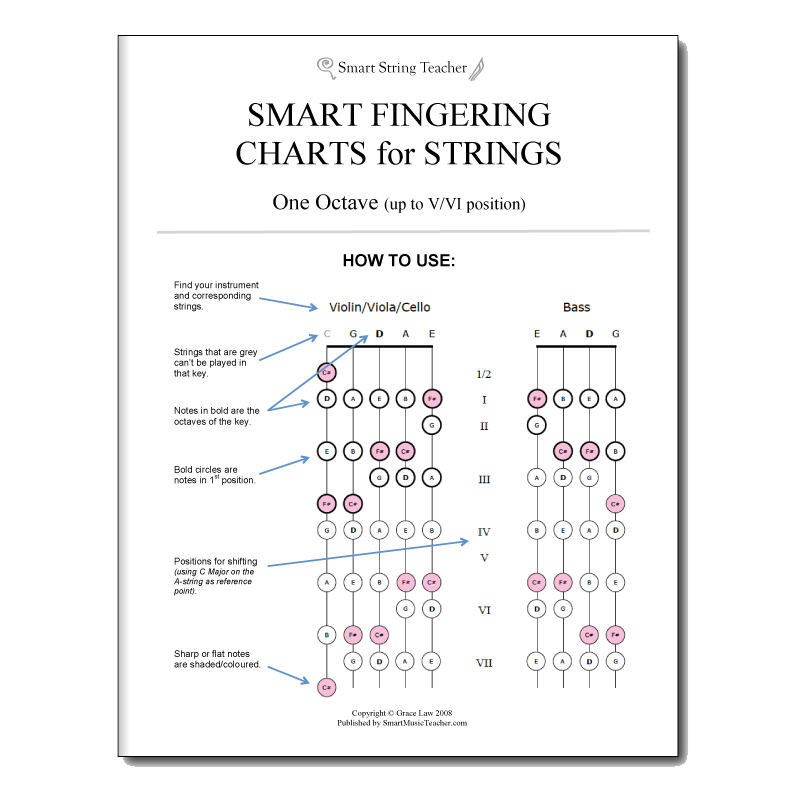

Before getting saturated with the bow, the book moves on to the left hand (playing pizzicato without the bow), and students have a few songs featuring each finger before moving on to real songs that actually sound good! Students learn how to play the violin without having to also learn to read music at the same time. There’s some helpful pages teaching children about the violin and how to take care of it, followed by some pages on the bow exercises. I love this book because it solves all those issues while making it fun for young beginners. It’s also frustrating to just pluck open strings for weeks before ever learning a song. As a teacher, this can be a great help when teaching instruments you are less familiar with.For a young child starting out, trying to bow, place left hand fingers correctly, and read music all at the same time can be very overwhelming. It can also be used as an opportunity to work out passages that need to be played in higher positions, and what patterns are needed for those positions. New Pieces and Accidentals Accidentals outside of the key signature are indicated in squares.īefore starting a new piece, having students draw the fingering chart for the key is a concrete way to remind students to pay attention to the key signature and to reinforce the importance of using the correct finger patterns.ĭrawing the fingerboard before playing the piece also provides an opportunity for students to find any accidentals in the piece and to identify their placement on the fingerboard before they play.

You can download this chart along with free finger pattern handouts here. Here are some useful abbreviations for the patterns that you might want to use to label each string. If you demonstrate C Major, F Major and Bb Major, they will see that the patterns shift one to the left, and can predict the fingering for Eb Major. Then I have them predict what the fingering is for A Major. They see that as you add sharps, the patterns shift one to the right. In other words, after C Major, I have the students draw G Major, then D Major, and we compare the patterns. Once they understand this sequence, you can get them to predict what the finger patterns and notes are in the next key. This way they will see that there is a logical sequence and that each key is not random, making it easier to memorize them. This becomes the starting point for figuring out the fingering for any key, and for understanding accidentals.įrom C Major, you can help the students to see how the finger patterns shift as you add sharps or flats.

Help students to see a logical sequence to memorizing each keyĪ good strategy for using the blank fingering charts is to first have the students draw and memorize the key of C Major. working out passages in higher positions.having students discover fingerings for keys they don’t know.using them to practice placing accidentals.comparing finger patterns to see how they change when adding flats or sharps.identifying and labeling the finger patterns below each string.The many useful ways to use blank fingering chartsīlank fingering charts come in handy for many things, including: Basses are instructed to draw their strings backwards from the teacher. There are also teacher versions with 5 strings, so the teacher can display the fingerings for all the instruments at the same time. There is the short version for 1st position to 3rd position notes, and the long version that goes up to one octave on each string. I find it helpful to have four versions of the fingering charts. It also gives students regular practice identifying and naming the notes on each string. This is a great way to give students a different way to reinforce visualization of the fingerboard, something that they can benefit from getting lots of practice in. When I started to teach by finger pattern, one of the first activities I had my students do was to draw the fingering charts for each of the keys they were learning.


 0 kommentar(er)
0 kommentar(er)
